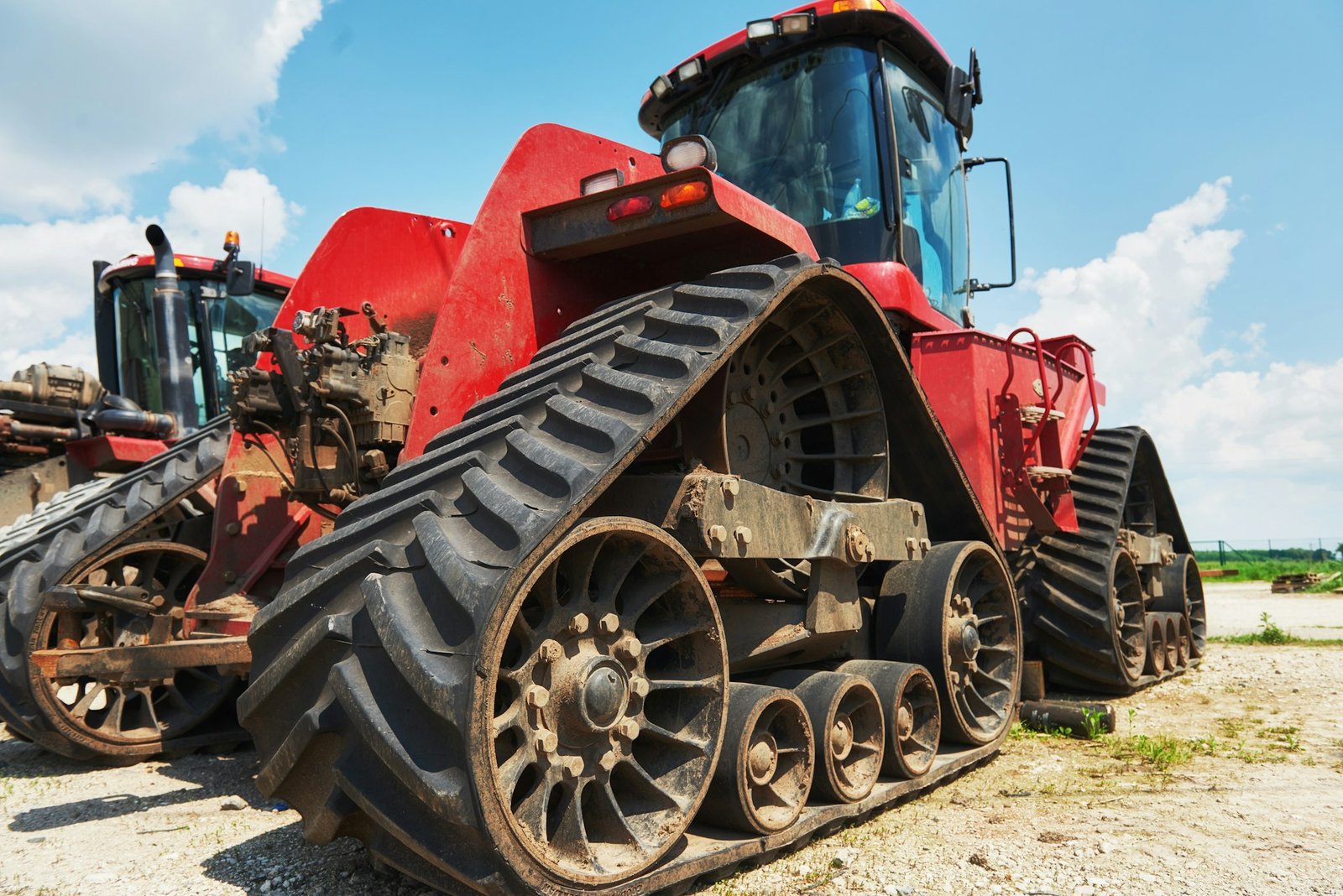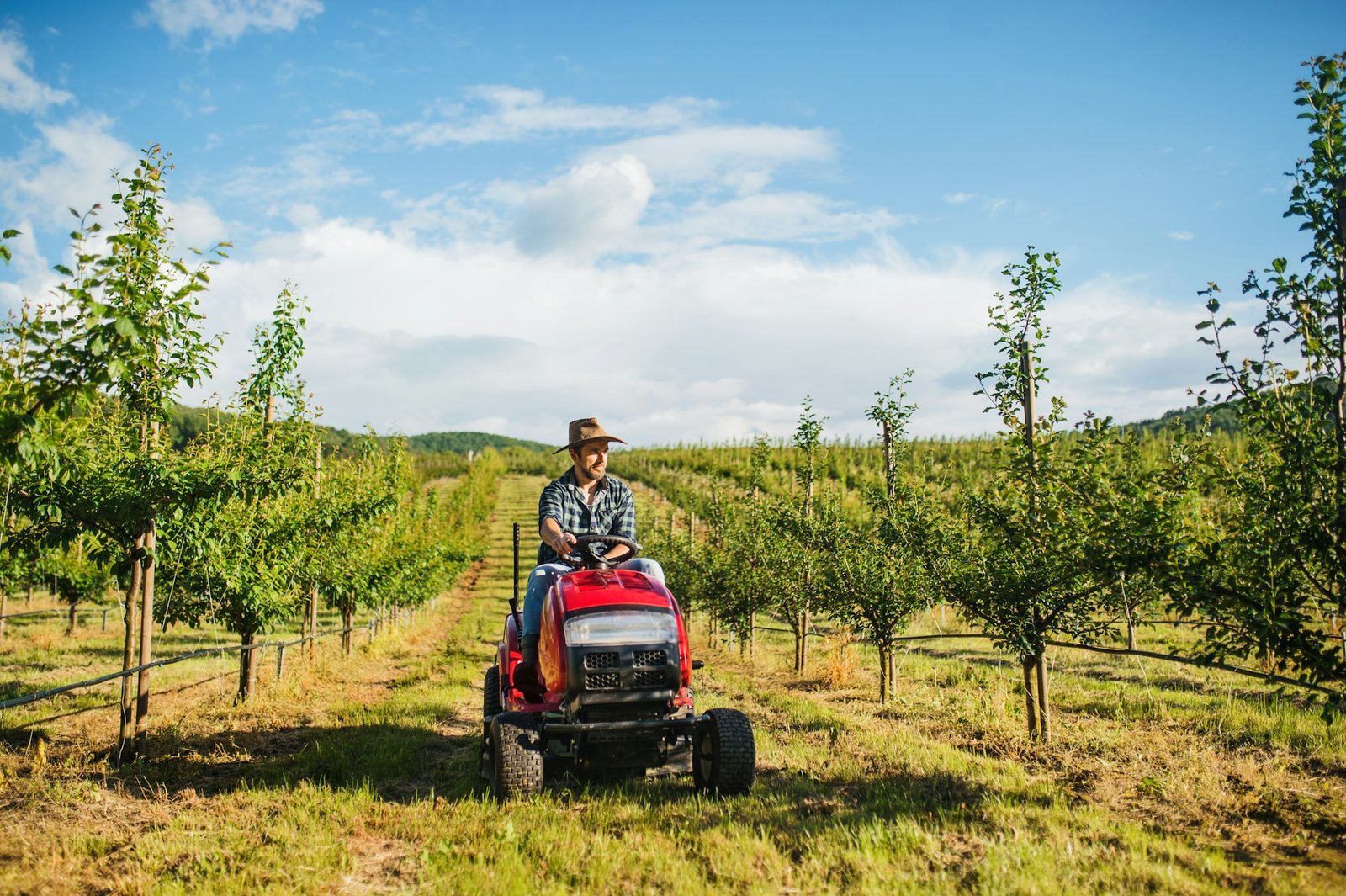Introduction
In the world of agriculture, tractors play a pivotal role in ensuring the productivity and efficiency of farming operations.
However, the performance of these vital machines heavily depends on the quality and compatibility of the parts they are equipped with.
Choosing the right tractor parts is not just about keeping the machine running; it’s about optimizing performance, ensuring safety, and maximizing the return on investment.
This ultimate guide is designed to navigate you through the complexities of selecting the perfect tractor parts for your agricultural needs.

1. Understanding Your Tractor’s Requirements
Identify the Make and Model: The first step in choosing the right tractor parts is to know the specific make and model of your tractor. Each model may have unique specifications and part requirements, making it crucial to have this information at hand.
Assess Your Agricultural Needs: Consider the type of work your tractor performs. Different farming tasks may require specific parts that are designed for optimal performance under certain conditions.

2. Prioritizing Quality Over Price
Recognizing the Importance of Quality: High-quality tractor parts may come with a higher price tag, but they often lead to longer life spans, better performance, and reduced downtime, which can save money in the long run.
Understanding Certifications and Standards: Look for parts that meet or exceed industry standards and certifications. These are indicators of quality and reliability.

3. Compatibility Is Key
OEM vs. Aftermarket Parts: Understand the difference between Original Equipment Manufacturer (OEM) parts and aftermarket parts. OEM parts are made by the tractor’s manufacturer, ensuring a perfect fit and optimal performance, while aftermarket parts can offer a cost-effective alternative without compromising on quality.
Checking Compatibility: Always ensure the parts you are considering are compatible with your tractor model. Incompatibility can lead to poor performance, damage to the tractor, and potentially void warranties.

4. Evaluating Suppliers
Researching Suppliers: Look for suppliers with a good reputation, positive reviews, and a history of providing high-quality parts. Consider their customer service, return policies, and the availability of expert advice.
Local vs. Online Suppliers: While local suppliers offer the advantage of in-person inspections and immediate availability, online suppliers can provide a wider selection and competitive pricing. Consider what matters most for your needs.

5. The Role of Technology and Innovation
Staying Up-to-Date: Technology in agriculture is constantly evolving. Parts that incorporate the latest technological advancements can offer improved efficiency, durability, and performance.
Innovative Solutions: Consider parts that offer innovative solutions to common problems, such as enhanced fuel efficiency, reduced wear, or automated functions.

6. Maintenance and Durability
Understanding Lifespan: Choose parts that are not only durable but also easy to maintain. This can significantly reduce long-term costs and ensure that your tractor remains in optimal condition.
Availability of Replacement Parts: Consider the availability of replacement parts. Choosing parts that are commonly available can make maintenance easier and more cost-effective.
7. Warranty and Support
Warranty Coverage: Look for parts that come with a warranty. This can provide peace of mind and protection against defects or premature failure.
After-Sales Support: Consider the level of after-sales support offered by the supplier. Good support can be invaluable in resolving any issues that may arise.
8. Cost-Effectiveness
Total Cost of Ownership: Beyond the initial purchase price, consider the total cost of ownership, which includes maintenance, repair costs, and potential downtime.
Balancing Quality and Cost: While it’s important to be cost-conscious, choosing the cheapest option can sometimes be more expensive in the long run due to lower quality and shorter lifespans.
Conclusion
Selecting the right tractor parts is a critical decision that can have a significant impact on the efficiency, productivity, and longevity of your agricultural operations.
By understanding your needs, prioritizing quality, ensuring compatibility, evaluating suppliers, embracing technology, focusing on maintenance and durability, considering warranty and support, and assessing cost-effectiveness, you can make informed choices that will benefit your farming activities in the long run.
Remember, the right parts not only keep your tractor running smoothly but also contribute to the overall success of your agricultural endeavors.
With this guide, you’re equipped with the knowledge to choose wisely and enhance the performance and reliability of your machinery.







